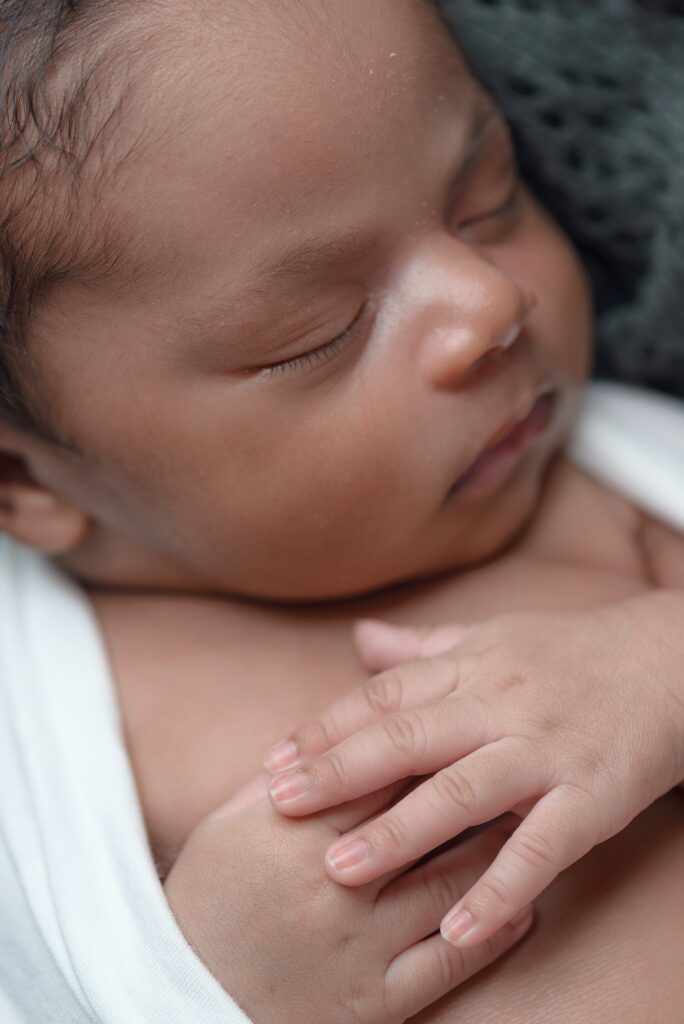Gastroenteritis is a common illness that presents itself in infants and young children. It generally causes frequent loose/watery bowel movements or “diarrhea” and sometimes vomiting. Children with gastroenteritis can often be safely managed at home with the advice and support from a healthcare professional if necessary.
What Causes Gastroenteritis

Gastroenteritis is mostly caused by viruses, although there are many kinds. Therefore, gastroenteritis can occur more than once and is extremely common in the winter. Bacteria, as well as food poisoning, may also lead to gastroenteritis.
How Does a Child Get Infected
Gastroenteritis is an illness that is caught easily and spreads very quickly, often from person to person. It is almost impossible to prevent children from coming into contact with gastroenteritis, especially if they are in childcare.
How Long Does it Last
The duration of diarrhea is usually between 5 to 7 days and stops within 2 weeks in most children. Vomiting often lasts for no more than 2 days, although some children may experience vomiting until day 3.
The Different Types of Gastroenteritis

- Viral Gastroenteritis
Viral gastroenteritis often starts with vomiting or diarrhea. The diarrhea or vomit will be watery and frequent and could be a greenish-brown color. It’s not usual for blood or mucus in the diarrhea or vomit, and your child may present a mild fever. Vomiting generally settles quite quickly, although the diarrhea may last for a week or more.
- Bacterial Gastroenteritis
A bacterial gastroenteritis may have similar symptoms to a viral one. However, there are small differences in the symptoms. These differences include:
- The fever is often higher and lasts longer.
- The stomach pains are often more severe.
- The diarrhea may have blood or mucus in it.
How Gastroenteritis is Treated

Medicine is generally not necessary or may not be as helpful as the gastroenteritis needs to run its course. It is possible for your child to lose more fluid than they are able to take in due to the vomiting, diarrhea, fever as well as the loss of appetite. This may lead to dehydration. It is imperative that you ensure dehydration that your child has lost. Therefore, ensure that your child keeps drinking. If your child is vomiting continuously as well as continuously having loose stools, they are losing fluid; thus, you need to give your child more fluid to replace the fluid they have lost.
Your child may be able to keep fluids down better if:
- You give them regular, small amounts. Don’t allow your child to drink large amounts, as this might increase the likelihood of them feeling or becoming sick and vomiting again.
- You administer fluids through a syringe or from a teaspoon.
- If you try to avoid meals and replace the meals with fluids to not further upset their stomach.
The fluids will not stop the loose stools or vomiting. It does, however, decrease the likelihood of your child becoming dehydrated. Your aim should be to introduce food as soon as possible, slowly, once your child’s vomiting and diarrhea have stopped, or after 12-24hrs of them being sick. If the vomiting reoccurs, it is best to go back to administering fluids. Stay away from all fruit juice as well as fizzy drinks until after the diarrhea has completely stopped.
The Signs of Dehydration

The signs of dehydration to look out for include:
- Your child is passing less urine than usual. E.g. dry nappies or nappies that aren’t as wet as before.
- An increased thirst and dry mouth, no tears when crying.
- Sunken eyes and/or sunken fontanelle, which is the soft spot on your baby’s head.
- Changing in responsiveness e.g. irritable, tired, drowsy.
- Skin that is pale or mottled
- Cold extremities
Oral electrolyte solutions, such as Dioralyte, is a specially formulated drink to replace fluids and body salts that have been lost during vomiting or diarrhea. These electrolyte solutions are available from pharmacies as well as off the shelf at supermarkets. They are often the best treatment for gastroenteritis. There are different flavors available, although squash may be added to better the taste.
Feeding Your Baby
Breastfed babies: If your baby is breastfed, do not stop breastfeeding. Offer the breast to ensure more frequent feeds and add water or oral electrolyte solutions in between feeds. Breastfed babies may require extra clear fluids.
Bottle feeding: If your little one is drinking formula, it should be stopped and replaced with clear fluids until the vomiting and diarrhea have improved or after 12-24 hours. When the vomiting and diarrhea have settled, and your baby seems to be hungry, reintroduce milk.
How to Prevent the Spread of Gastroenteritis

Some easy ways infection of gastroenteritis in your household can be prevented. This includes:
- Wash hands with water and ensure they are dry there after you’ve helped your child in the bathroom, changing nappies, as well as before preparing food.
- Towels that have been used by children who are infected should not be shared.
- Children should not return to school or childcare settings until at least 48 hours after their last episode of diarrhea or vomiting.
- Children should refrain from swimming in swimming pools for at least 2 weeks after their last diarrhea.
- Ensure that the area in which you prepare food is clean.
- Keep raw meat away from other foods and ensure that meat is cooked thoroughly before giving it to your children.
When You Should Become Worried

It is imperative that you call your healthcare provider immediately or take your child to the nearest emergency room should they present any of these signs:
- Is showing signs of dehydration.
- Has become unresponsive.
- Has skin that is unusually pale or mottled.
- Has cold extremities.
- Has faster breathing than usual.
- Has blood or mucus in their stools.
- Has green (bile) or blood in their vomit.
- Is passing less urine than normal.
- Is not taking in fluids
- If your little one has had six or more diapers/toilet visits of diarrhea in 24 hours or has vomited three or more times within 24 hours.
In a Nutshell
Gastroenteritis is something that your child will have more than once in their life. Ensuring that they keep up with good hygiene practices may protect them from this virus. Be sure to pay attention to signs of dehydration and take your child to the nearest emergency room if symptoms do not ease or if they become worse.

